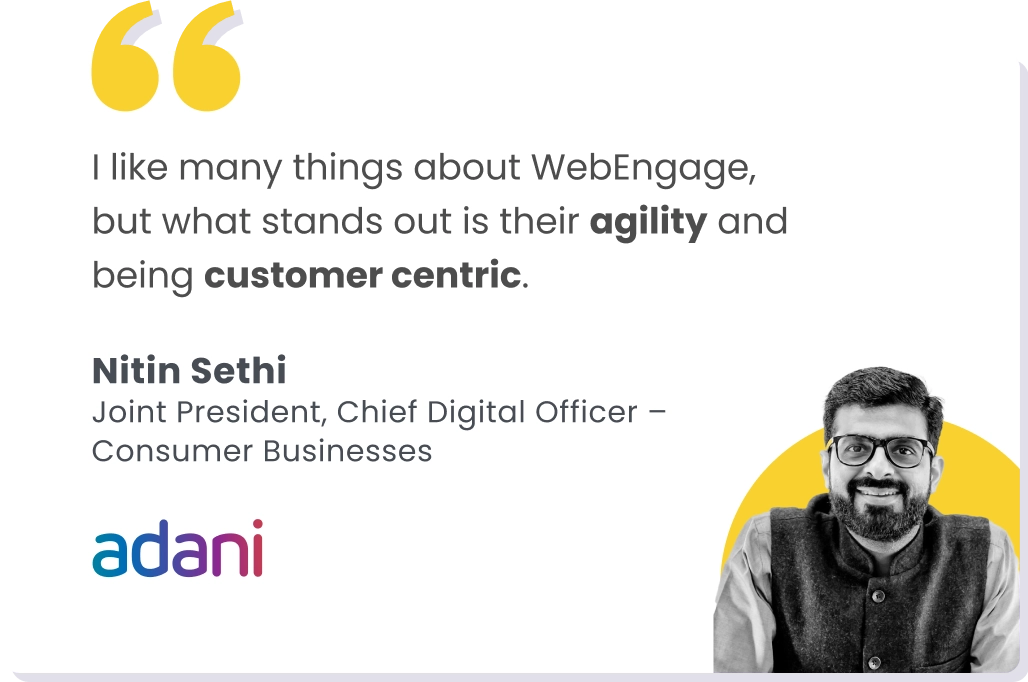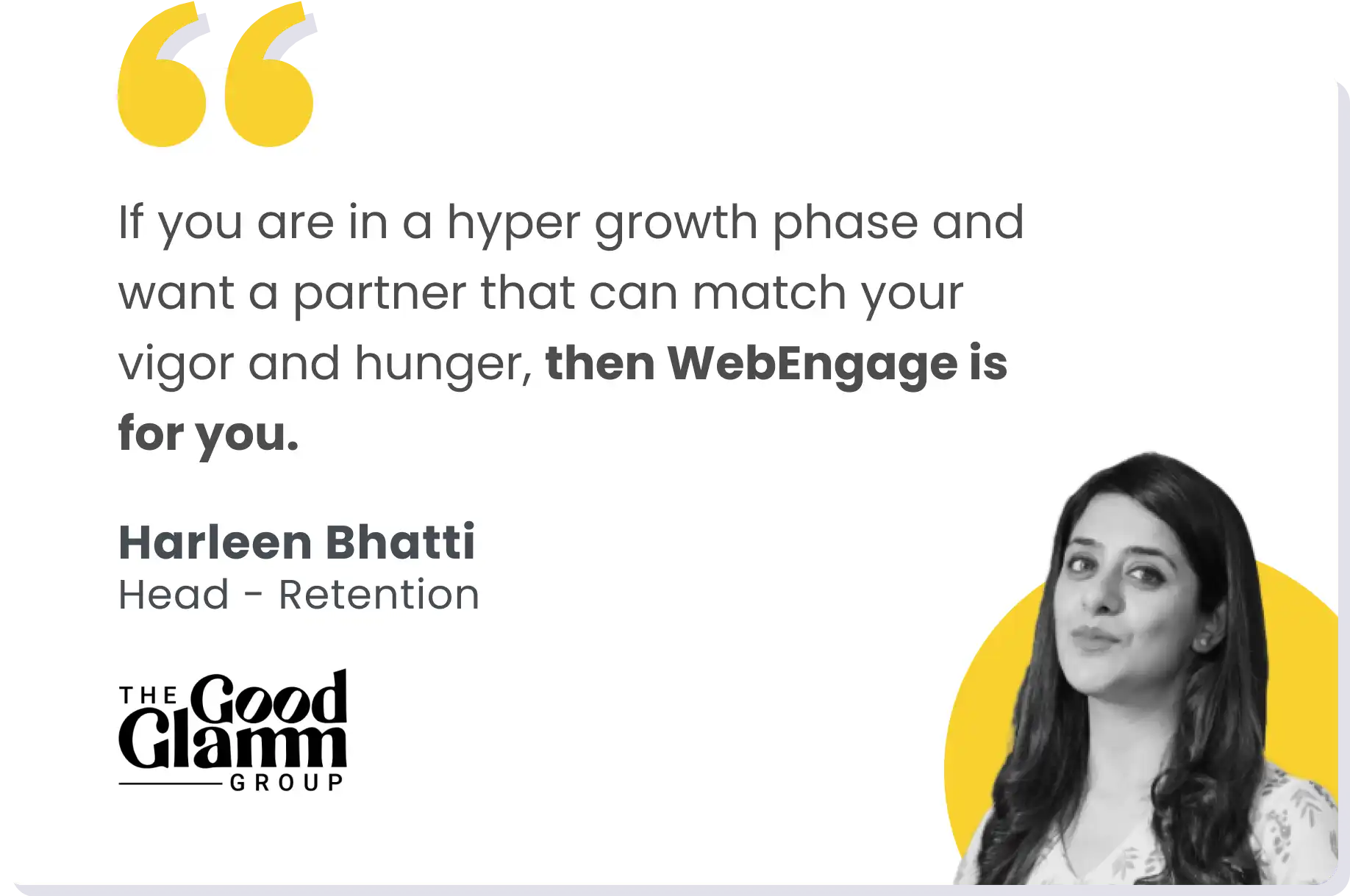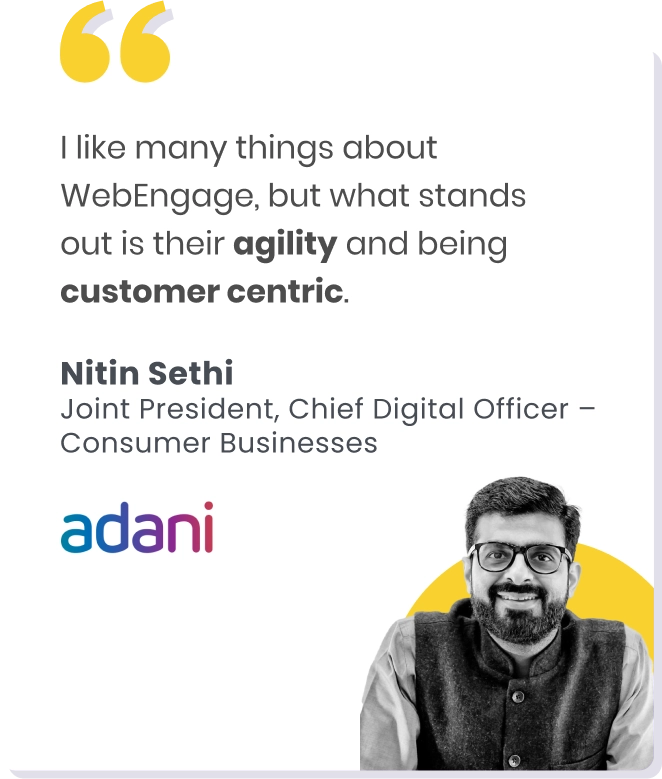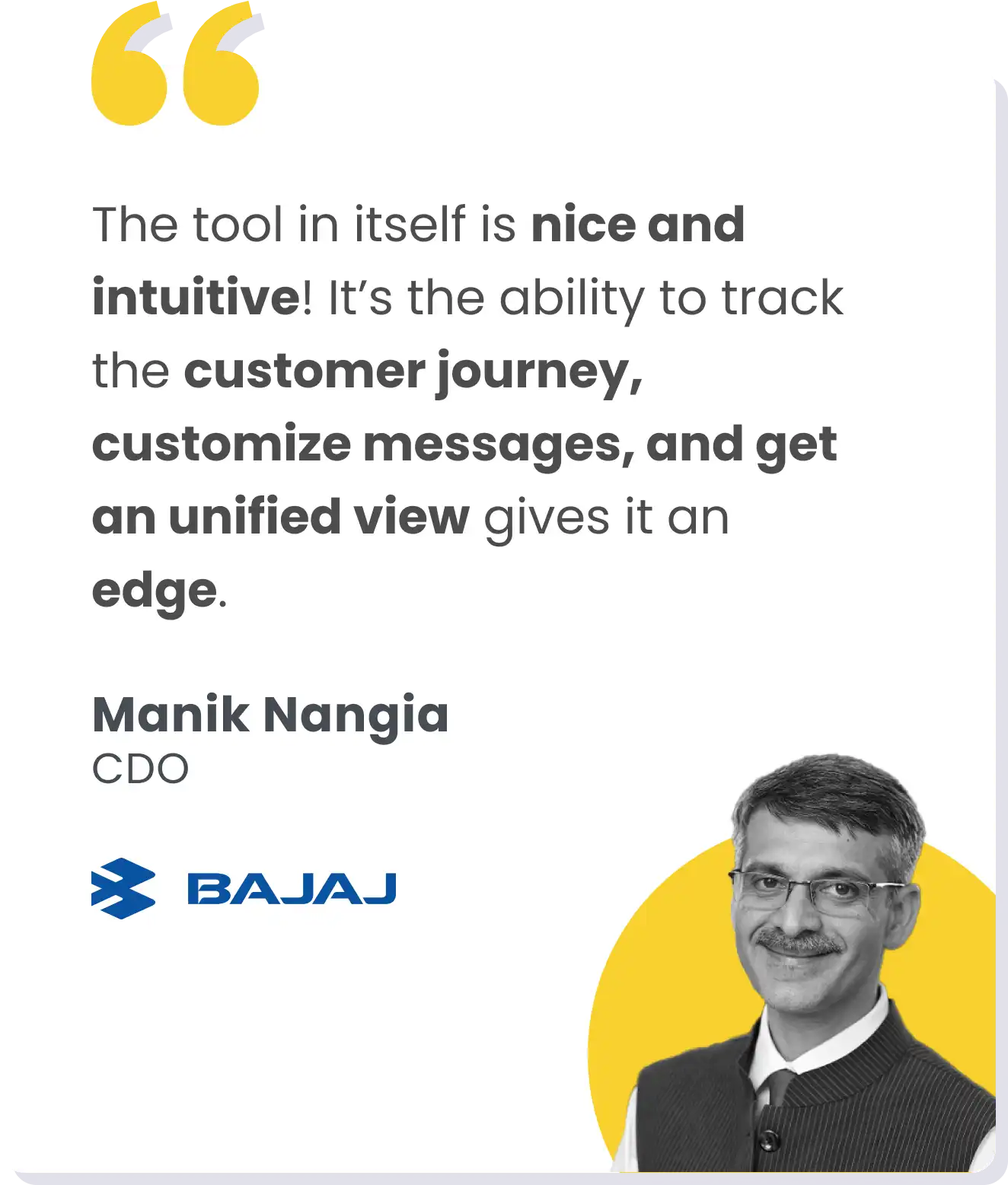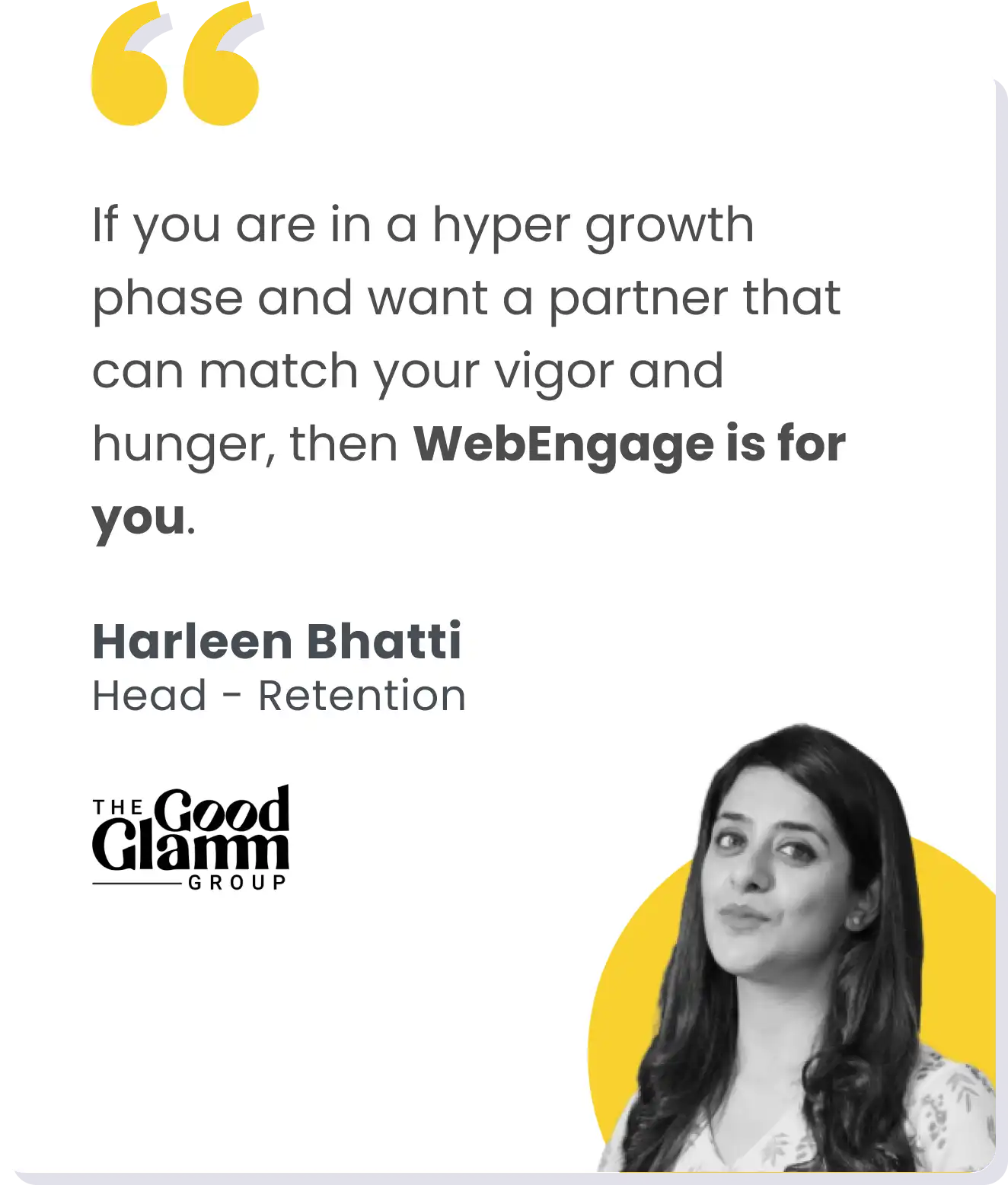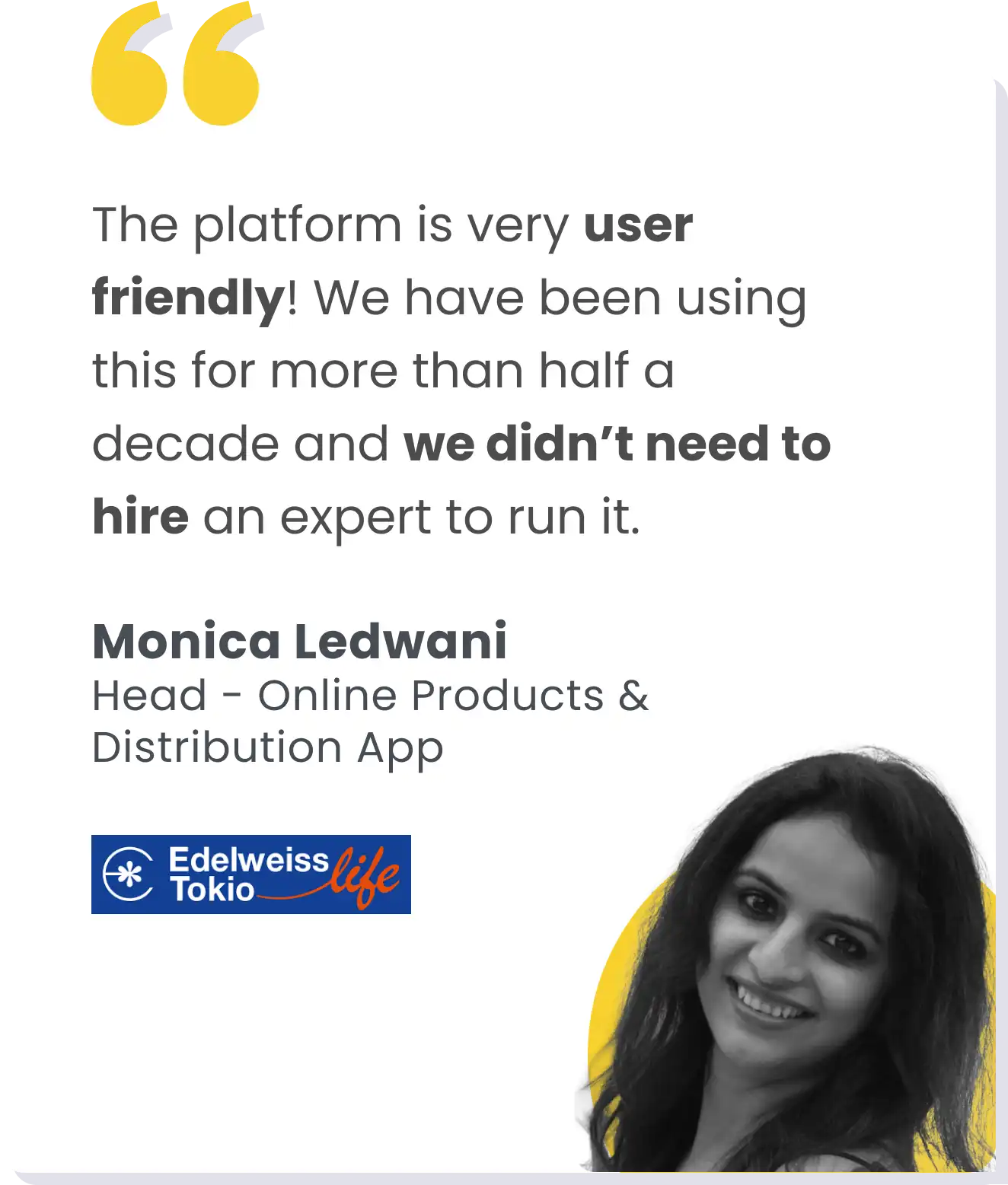Offline brands going digital and digital brands opening stores — what’s the deal?
We’re witnessing something unusual in retail in 2025: digital-first brands are stepping into physical spaces. Lenskart, Souled Store, Snitch, and Mokobara—brands that once thrived purely online—are increasingly blurring the lines between online and offline shopping experiences.

Here’s why it matters: Shoppers want the best of both worlds. They want the ease of online shopping but crave the experience of physically engaging with the product. Offline retail is making a comeback, but it’s been redefined.
From Digital to Physical: The Emergence of the Hybrid Experience
Lenskart, for example, began its journey purely online, offering virtual eyewear try-ons. Now, it has extended its presence offline, providing personalized consultations and eye tests in physical stores. This hybrid model takes the best of digital services and enhances it with real-time, face-to-face interaction.

Brands like Snitch and Souled Store are doing the same—offline stores are no longer just about sales; they’re about immersing customers in the brand experience.
Why This Shift Makes Sense: Consumer Behavior in 2025
In 2025, consumers are more selective than ever. The pandemic accelerated the shift to online shopping, but now, as the global recession sets in, shoppers are reevaluating their purchases. While e-commerce still dominates, physical spaces are making a comeback as consumer priorities change.

Consumers are no longer only driven by convenience—they want value, experience, and connection. As brands like Shoppers Stop integrate both online and offline experiences, they’re catering to the new consumer demand for more than just products—they’re offering experiences.

The Hybrid Model: Why Offline and Online Integration Is Key
What’s the secret to success in 2025’s retail world? It’s the ability to combine digital convenience with offline engagement. Brands are no longer just focusing on one or the other—they’re blending the two.
- Take Souled Store, for instance. By opening flagship stores, they give customers the chance to experience the brand in-person—while seamlessly integrating online services, such as click-and-collect options. This way, customers can still enjoy the benefits of online convenience while engaging with the brand physically.
- DaMensch has ambitious expansion plans for 100 new stores demonstrate the importance of balancing online and offline retail strategies—an approach we often recommend to fashion brands looking to maximize market presence.
- Pepperfry started as an online furniture marketplace but quickly evolved into an omnichannel powerhouse. What stands out is their hybrid model, combining the convenience of e-commerce with around 150 stores across nearly 100 cities.
- Noida-based eyewear brand Que, backed by Indian former cricketer Shikhar Dhawan, plans to start physical retailing in 2025.

And a simple Google search exposes a lot more brands that’re taking the hybrid route.
5 Ways to Enhance Customer Experience in the Hybrid Model
- Seamless Integration: Ensure that online and offline experiences connect. Allow customers to buy online and pick up in-store or access exclusive in-store promotions via the app.
- Nike allows customers to browse and order products online via their website or app and pick them up in-store at their convenience.
- Personalized Interactions: Offer tailored experiences, whether through personalized consultations in-store or targeted promotions through online channels.
- Sephora takes personalized customer service to the next level by offering tailored in-store consultations for its Beauty Insider members, based on the data collected from online shopping behaviors.
- Omnichannel Loyalty Programs: Create loyalty programs that reward both online purchases and in-store visits, encouraging customers to engage with your brand across all touchpoints.
- Starbucks’ Rewards Program connects both online orders via the app and in-store purchases, allowing customers to earn points and redeem rewards whether they’re buying a coffee at the counter or ordering ahead through the app.
- Immersive Experiences: Use your physical spaces for brand storytelling—create experiences that bring your online brand to life, from interactive displays to product demonstrations.
- Whether trying out the latest iPhone, exploring Apple’s ecosystem, or attending workshops and tutorials, the Apple Store offers an online-inspired immersive experience that blends digital knowledge with tactile product exploration—enhancing customer connection with the brand.
- Data-Driven Insights: Use data from both online and offline interactions to better understand customer preferences and enhance their shopping journey.
- Amazon Go, the cashier-less convenience store, uses real-time data from online shopping habits and in-store interactions to deliver a more personalized retail experience.
5 Mistakes to Avoid When Integrating Offline and Online Retail
- Ignoring Seamlessness: Ensure the transition between online and offline channels is fluid—don’t make customers feel like they’re dealing with two separate entities.
- Overlooking the In-Store Experience: Don’t treat physical stores as just pick-up points. Create engaging, memorable experiences that reflect your brand identity.
- Lack of Personalization: Avoid generic approaches. Tailor both online and in-store experiences based on customer preferences.
- Forgetting Inventory Integration: Ensure your stock is synchronized between online and offline channels, preventing disappointment for customers who want to buy in-store what they saw online.
- Neglecting Customer Data: If you’re not using cross-channel customer data, you’re missing out on valuable insights to improve both your online and offline strategies.

Conclusion: The Future of Retail Is Hybrid
2025 marks a turning point for retailers: online and offline are no longer separate—they’re becoming inseparable. The hybrid retail model is not just a trend, it’s a fundamental shift in how brands engage with their customers. Physical stores are no longer just showrooms; they’re becoming vital touchpoints in a broader, integrated shopping journey.
The future of retail is fluid—a seamless blend of digital efficiency and offline experience that offers consumers the best of both worlds. For brands, this means rethinking what a store is, and how it interacts with the digital experience. It’s about offering a unified, customer-first journey, meeting consumers wherever they are, and building deeper, long-lasting relationships.
Brands that embrace this hybrid approach will thrive, while those stuck in siloed thinking will struggle to stay relevant. The future isn’t just about reaching customers—it’s about creating experiences that resonate, whether they’re online or in-store.








